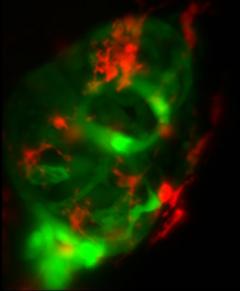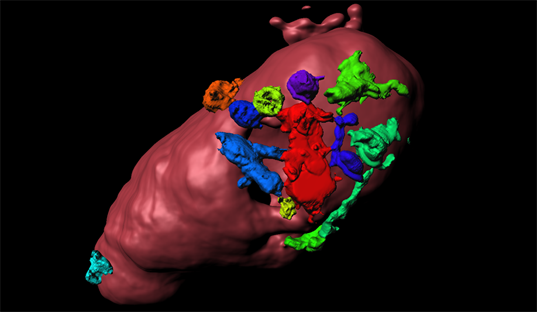The role of inflammation in zebrafish heart injury and repair
Embryonic and adult zebrafish are able to regenerate their hearts after injury. Using specific transgenic lines labelling immune cells and cardiomyocytes, we can use the translucent embryonic zebrafish to provide unparalleled in vivo 4D imaging of immune cell-cardiomyocyte interactions in the beating heart for up to 48 hours. Our group is characterising and manipulating these inflammatory cell events, seeking therapeutic approaches to human heart repair following injury.


Research Methods and Objectives
Objective
To understand and manipulate immune cell dynamics in the beating embryonic zebrafish heart following injury.
Research Methods
-
Laser injury of the embryonic zebrafish ventricle.
-
Single plane illumination microscopy (SPIM) combined with optical gating technology to investigate immune cell responses in our injury model.

Principal Investigator, Co-Investigators, Other researchers
-
Dr Martin Denvir (Principal investigator/Consultant cardiologist)
-
Professor Adriano Rossi (Co-investigator, CIR)
- Dr Johnathan Taylor (Collaborator, Dept of Physics, University of Glasgow)
- Mr Finn Bruton (PhD student)
- Mr Aryan Baghbadrani (PhD student)
- Dr Carl Tucker (Collaborator/Aquarium manager)
- Dr Carl Nelson (Collaborator, Dept of Physics, University of Glasgow)
- Dr Sylviane Boucharens (Industrial partner, Bioascent Discovery Ltd)

